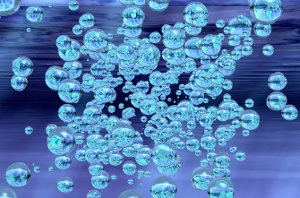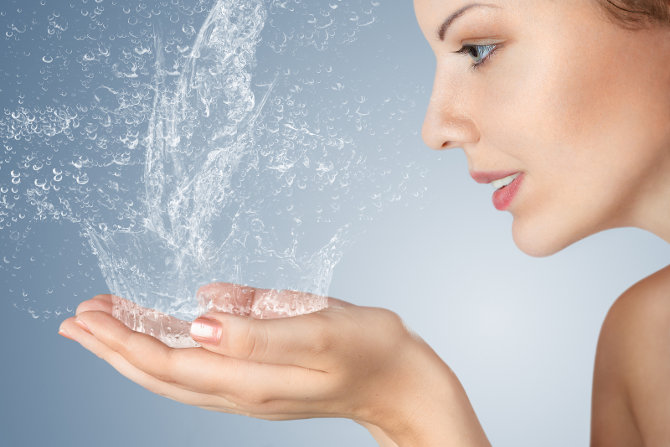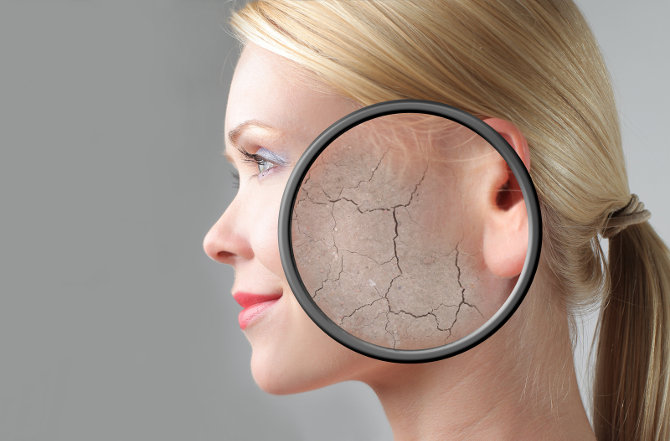Dry vs Dehydrated Skin
Why Is My Skin Dry?
Do you know the difference between dry skin and dehydrated skin? Most people don’t realize there is a difference, although both conditions may feel the same.
A feeling of dryness can be due to dry skin or dehydrated skin. There is a big difference.
Dry skin lacks OIL (SEBUM). Dehydrated skin lacks WATER.
Both can leave skin feeling dry, tight, flaky, itchy, and sensitive.
Dehydrated Skin
Dehydrated skin is extremely common. Most of us have some degree of dehydration, especially if we live in highly populated areas with pollution.
Dehydration is most often caused by the weather/environment, pollution, diet, product usage, medications, and over-cleansing (or over-exfoliating). The weather and environment are big ones. The sun causes water to evaporate from skin. So does cold wind and low humidity weather, air conditioning, and indoor heating. Pollutants, such as vehicular exhaust, also dehydrate skin.
Dehydrated skin is a skin condition, which means it can change at any time. (You can improve it.)
Dehydration affects all skin types. Even oily skin can be dehydrated. Oily skin may look and feel oily but still lack water. This is actually quite common on people who over-cleanse, over-exfoliate, or use harsh cleansers.
Dehydrated skin has very light, thin, web-like, or crepe-y lines on the surface. These lines become more visible if skin is pinched. They’re different from fine lines or deep wrinkle lines, which have deeper depressions in the skin.
Signs of dehydration are very common on the forehead near the scalp line, outer cheeks, and around the eyes.
Dry Skin
While dehydration is very common, most of us do NOT have naturally dry skin. Naturally dry skin (called alipoid skin) is due to a naturally low production of oil. This means you simply don’t produce much oil (or none at all).
Unlike dehydrated skin which is a skin condition, dry skin is a skin type, which is genetically determined. If you see shine on any part of your face, you do not have dry skin. Shine on your skin means there is oil (sebum) on the skin, and you must be producing oil.
The key thing to remember is, not having enough water is totally separate from not having enough oil.
Common causes of dry skin that are not due to genetics:
- Intrinsic (natural) Aging – While your skin may not be naturally dry, it becomes more dry with age. This is because we produce less oil as we get older. Sebaceous gland activity declines with age, so skin produces less sebum. Our ability to replace barrier lipids and the blood flow to skin declines too.
- Lack of Essential Fatty Acids in the Diet – Not getting enough fats from food or following a fat-free diet can lead to dry skin. The lipids in skin are made of essential fatty acids. It is important to feed your skin with dietary sources of essential fatty acids.
For more guidance on how to identify dry and dehydrated skin, read the article on Skin Type.
How to Treat DEHYDRATED SKIN
Minimize Water Loss With Humectants & Occlusive Ingredients
Drinking water is good for our bodies and skin. However, drinking water is not enough to hydrate our skin. It needs extra help holding onto water. Because as long as the air is drier than your skin (i.e. there is less moisture in the air than the moisture in your skin), water will evaporate from the skin. Skin loses water to air all the time.
Water loss from the skin is called transepidermal water loss. The best way to keep skin hydrated is to minimize water loss. There are ingredients that can slow down this transepidermal water loss. They are called humectants and occlusive ingredients.
How to Minimize Water Loss:
1. Help Your Skin Hold Onto Water – with humectant ingredients
2. Prevent Water Evaporation – with occlusive ingredients
You can read about humectants here and occlusive ingredients here. And specific instructions on How to Hydrate Skin.
How to Treat DRY SKIN
Nourish Skin With Lipids
If your skin is dry (not dehydrated), then you are lacking oil. To treat it, the logical thing to do is to ADD OIL to your skin. In other words, you need oil-rich skin care products with lipid ingredients. (Lipid is another term for a fatty substance.)
Lipids nourish the skin with essential fatty acids and fill in the cracks holding skin cells together. Remember the brick wall metaphor? That ‘mortar’ is filled with lipids. Those bricks are skin cells. A strong brick wall is one with no cracks in the mortar. A strong brick wall is a strong barrier function.
If you have a strong barrier function, you are less likely to experience dry, flaky, itchy, or irritated skin.
Any time you see an ingredient with the word ‘oil’ in it, it has lipids. Not all lipids are created equal though. Some are comedogenic (clog pores). Some are not.
By definition, any oil is also occlusive. Oil forms a film over skin that prevents water loss. This is because oil and water do not mix. Water cannot get through a layer of oil.
If you have dry skin, you should seek moisturizers rich in lipids. Fortunately, there is a wide range of good options. Many oils used in skin care products are names you will recognize because they are plant oils used for cooking or essential oils.




